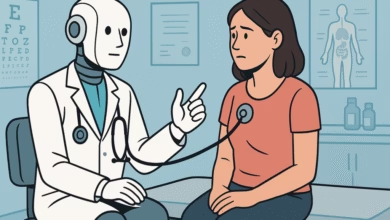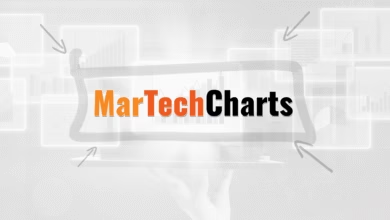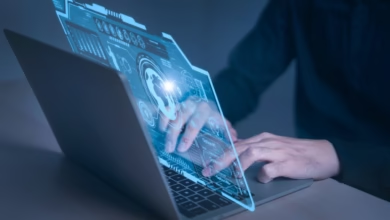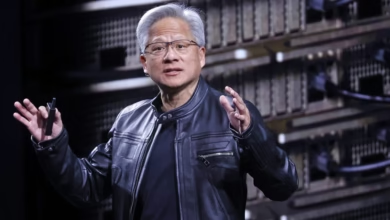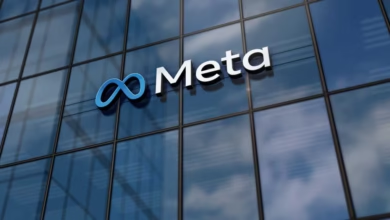AI Agents Gain Autonomy & Sodium Batteries Emerge

▼ Summary
– A new class of agents using large language models (LLMs) can perform text-based actions like gaming or managing social media accounts.
– LLM agents are unpredictable and chaotic, but CEOs claim they will soon transform the economy.
– MIT Technology Review’s upcoming issue explores power dynamics, set to release on June 25.
– Sodium-ion batteries are emerging as a cheaper alternative to lithium-ion due to sodium’s abundance.
– Sodium-ion batteries are making progress but face challenges in competing with entrenched lithium technology.
The rise of autonomous AI agents and sodium battery technology marks a pivotal shift in both digital and energy landscapes. A new generation of systems powered by large language models is demonstrating unexpected capabilities across various domains. These AI agents, while still in early development stages, show potential to handle complex tasks ranging from gaming to social media management through text-based interactions. Industry leaders predict these tools could soon reshape entire economic sectors, though their unpredictable nature presents challenges for widespread integration.
Meanwhile, sodium-based batteries are emerging as viable alternatives to traditional lithium-ion technology. With sodium being far more abundant than lithium, these next-generation power sources promise lower costs and greater sustainability. While lithium remains dominant due to established infrastructure, sodium-ion batteries are gradually overcoming technical hurdles. Recent advancements suggest this chemistry could soon carve out significant market share, particularly in specialized applications where its unique properties offer clear advantages.
The development of both technologies reflects broader trends in innovation, where breakthroughs often face initial skepticism before finding their niche. For AI agents, the challenge lies in reliability and control, while sodium batteries must prove their competitiveness against entrenched alternatives. Observers note that the coming years will be crucial for determining whether these innovations achieve mainstream adoption or remain specialized solutions. What remains certain is that both fields are attracting serious investment and research attention as potential game-changers in their respective industries.
(Source: Technology Review)
